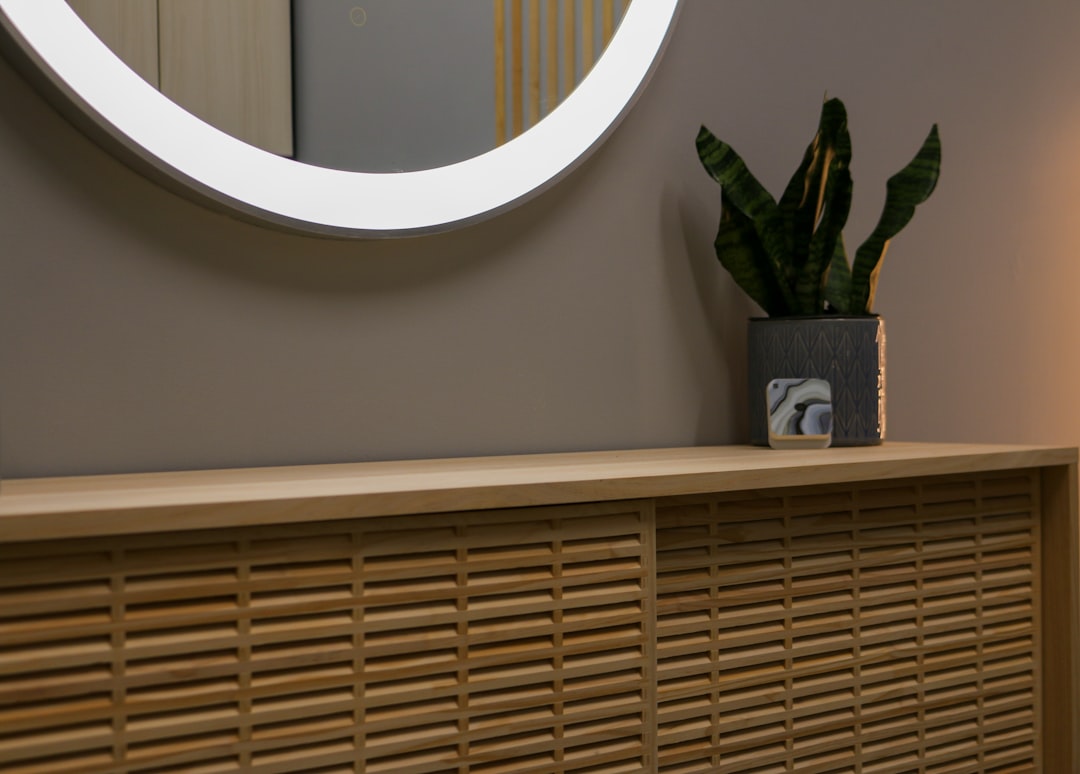Foundation waterproofing membrane is a special type of material used to protect the foundation of a structure from water damage. It is applied as a coating to the exterior of the foundation, either directly or over an existing layer of waterproofing material. The membrane acts as a barrier, preventing water from seeping through and causing structural damage. It can also help keep moisture levels down in basements and other areas that are prone to dampness.
Benefits of Foundation Waterproofing Membrane
Foundation waterproofing membrane offers many benefits for those looking to protect their home or business premises from water damage. Firstly, it forms an effective barrier against incoming moisture, which can cause significant structural issues if not addressed properly. Additionally, it helps regulate internal humidity levels by keeping out excess moisture while still allowing adequate ventilation in order to avoid mould growth and other related problems.
Another benefit of installing foundation waterproofing membrane is that it can reduce energy costs by helping maintain more consistent temperatures within the building’s interior space. This helps keep heating and cooling bills low while also making sure any occupants are kept comfortable throughout the year without having to worry about excessive condensation buildup on walls or furniture surfaces due to high humidity levels inside the property itself.
Types Of Foundation Waterproofing Membranes
There are several different types of foundation waterproofing membranes available on the market today, each designed for specific applications according to individual needs and requirements. Generally speaking, these materials come in three main categories: sheet-applied membranes which are laid down directly onto concrete foundations, liquid-applied membranes which are sprayed onto walls and fluid-applied membranes which come in liquid form. All three types offer varying degrees of protection against incoming moisture but should be chosen based on their specific characteristics such as breathability rate how much air they allow through, flexibility rating how much they move with changes in temperature and UV resistance ratings how well they hold up under direct sunlight.
Installation Of Foundation Waterproofing Membrane
Before embarking on installation work involving foundation waterproofing membrane, it’s important that all necessary preparations have been taken care off beforehand – including any repairs or replacements needed for damaged parts of existing structures before applying new layers over them – as well as ensuring proper drainage systems have been put into place before laying down any additional materials so that no further damage will be caused from excess water buildup around foundations themselves once everything has been completed correctly afterwards too.
It’s also advised that professionals with experience installing this type material should be consulted beforehand so that all safety guidelines can be followed accordingly during installation work itself – including wearing appropriate protective equipment when handling hazardous substances such as solvents used during application processes – since failure do so could result serious injury otherwise.
Conclusion
In conclusion, when properly installed by experienced professionals according to manufacturer instructions provided with each product purchased – using only quality materials certified for use within residential properties too – then homeowners can rest assured knowing their foundations have been securely protected against incoming moisture thanks largely thanks due its installation; helping them save money energy costs associated maintaining ideal indoor humidity conditions throughout year too.








